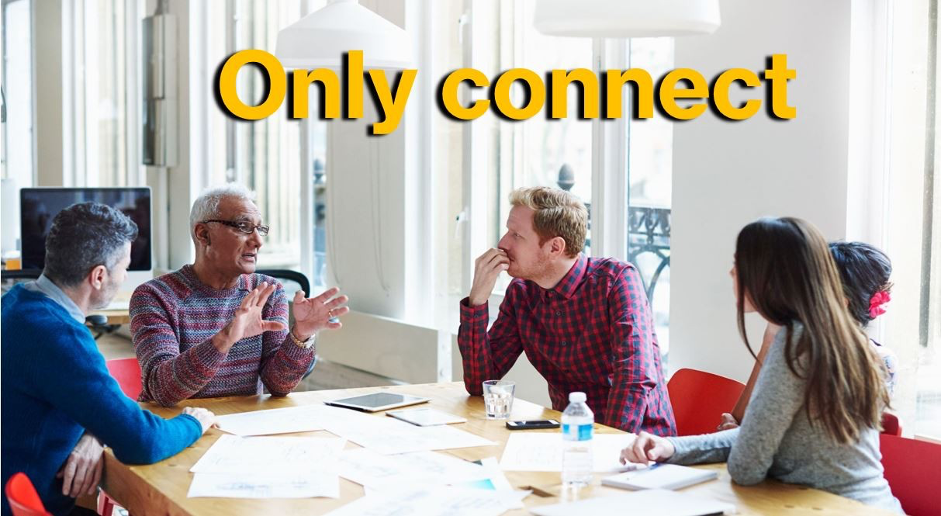A few years ago, psychologists at Stanford University ran an experiment.
They split participants into two groups: tappers and listeners.
Those in the first group were asked to tap out the rhythm to well-known songs, and those in the second were asked to guess the songs.
The tappers estimated the probability of their song being guessed at around 50%.
The true figure?
Of the 120 songs tested, only 2.5% were identified correctly.
Why the gap?
The tappers were experiencing a phenomenon common to most organisations – something Richard Shotton has termed the ‘curse of knowledge’ – the difficulty of imagining what it’s like for others not to know something we ourselves know.
It can be really hard to get into the heads of our customers. Just as the tappers struggled to empathise with those trying to guess their songs, we can find it all too easy to forget what’s going on inside the minds of those we’re targeting. We live and breathe the brands we work for, and that makes us very different from our customers.
Let’s take one example.
Think how much time and effort your business puts into refining its marketing communications. Whole teams will pore over the details of individual ads to ensure they are delivering on their objectives.
But out there in the world most ads are hardly noticed. Research by Lumens has shown that online ads are glanced at on average for only 0.9 seconds. This disconnect between how marketeers and consumers think can very often lead to communication that just doesn’t work.
So, what’s the answer?
Well, recognising the problem is the first step. The best marketeers have always understood the ‘curse of knowledge’ intuitively, accepting that gut instinct can only get them so far.
The next step is to ensure you have insight tools in place that enable you to keep close to your customers and check in with them regularly. Part of that could take the form of an ongoing closeness programme, helping everyone in the organisation develop a deeper sense of audience understanding. But it’s also about having access to agile solutions that allow you to get rapid feedback from consumers, so that research becomes part of everyday decision making.
At Insight Sherpas, we specialise in helping brands get closer to their customers, especially when speed of turnaround is a priority. If you would like to talk with us about our FastQual solution, or our customer closeness work more broadly, please don’t hesitate to drop us a line.






